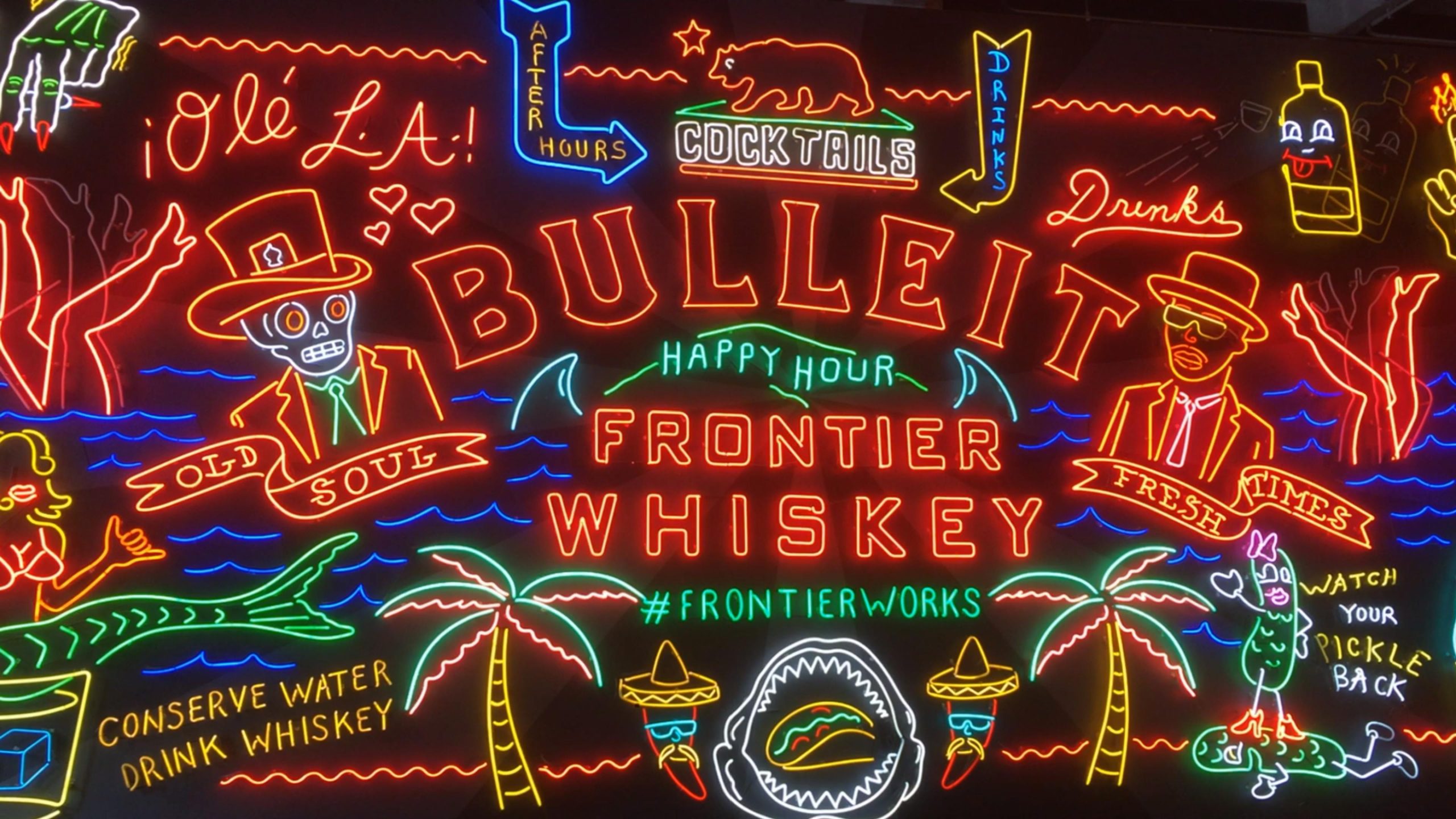Title: The Swift Disappearance of a Banksy Masterpiece: Stolen Art in the Digital Age
In an astonishing incident reminiscent of a high-stakes heist thriller, a piece of art by the elusive street artist Banksy was reportedly stolen just two hours after it was unveiled on Instagram. This swift theft has left art enthusiasts and followers in awe of the speed and audacity with which the piece vanished from public view.
Banksy, renowned for his thought-provoking and often controversial artworks, shared the now-missing piece through a post on his Instagram account. Within a mere couple of hours, the artwork was mysteriously taken—a testament to the high demand and allure that Banksy’s work commands across the globe.
For those intrigued by this digital-age art heist, Banksy’s original announcement can be found here. Additionally, the source of a video detailing this incident is available here.
This event not only underscores the value and popularity of Banksy’s artistic creations but also highlights the vulnerabilities associated with sharing art in the digital domain. As the world continues to navigate the interplay between art and technology, this incident serves as a powerful reminder of the transience and preciousness of creative works in our increasingly interconnected global society.


Comment: A Reflection on Art, Value, and Digital Vulnerability
This astonishing theft raises some compelling questions about the intersection of art, digital presence, and security in today’s world. As a London resident and art lover, I find it fascinating how Banksy’s work continues to captivate and provoke thought, even in its absence.
There are a few points worth considering:
Fascinating and Worrying: The Digital Age Challenges of Protecting Street Art
As a London resident, I find this incident both thrilling and concerning. Banksy’s work has always been a symbol of urban creativity and social commentary, and its swift theft after sharing online highlights a significant challenge in the digital era: safeguarding art in a world where images can go viral instantly.
What particularly struck me is how quickly the artwork was removed—within just two hours—demonstrating both the high demand for Banksy’s pieces and the vulnerabilities of digital sharing. This raises some important questions:
It’s a reminder that while social media can democratize art appreciation, it also requires us to rethink how we protect and value these works in public spaces. As London continues to be a hub for street art, perhaps there’s room for more innovative approaches to preserve the integrity of this dynamic cultural form.